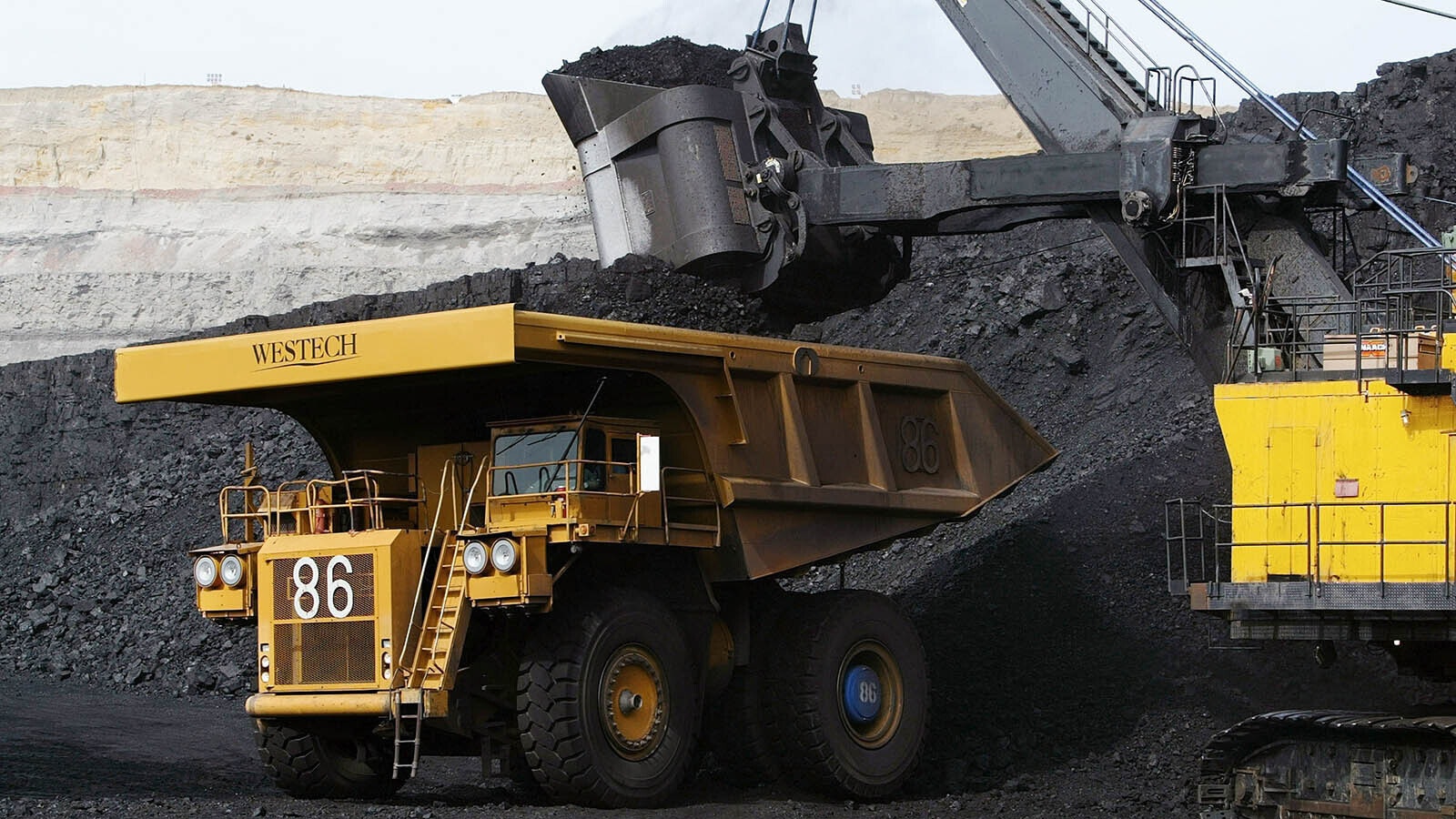Strata Energy Inc., the U.S. unit of Australian-based Peninsula Energy Ltd., is on schedule to begin uranium production at its central processing plant in northeastern Wyoming by December, an executive of the Wyoming business told Cowboy State Daily on Monday.
Peninsula is moving forward with uranium recovery operations in the northeastern part of the state roughly 25 miles north of Moorcroft in the coal-rich Powder River Basin region.
Peninsula, which has already invested about $50 million in the processing plant, has lined up supply deals with U.S. and European-based utilities, said Peninsula Energy’s Managing Director and CEO Wayne Heili.
“The key is that the uranium industry is doing its part to bringing production back to the state of Wyoming because economic conditions are right,” Heili said.
He estimated that employment is expected to double to roughly 60 positions by the end of the year.
In March, Peninsula Energy agreed to sell between $88 million and $117 million worth of Wyoming uranium to a European nuclear fuel buyer from a mine under development near Gillette.
In Wyoming, Strata Energy is expanding its uranium mine and processing plant and auxiliary facilities as part of what it calls the Lance projects.
Ramping Up
The processing plant will begin limited production in late 2024 and ramp up to 2 million pounds annually, Heili said.
The company’s Ross processing plant will take uranium from Peninsula-owned mines in northeastern Wyoming and produce yellowcake, which is then shipped to Illinois to turn into enriched fuel for nuclear reactors.
Peninsula uses a mining process called in-situ to recover mining for pulling uranium out of the ground.
The entire process isn’t a simple one. Carbon dioxide is injected into the well as part of an orchestrated mining process called in-situ recovery mining.
In-situ is a Latin phrase meaning “on-site” or “in position,” and is standard industry parlance for a kind of mining that relies on pumping water into the ground, then pumping it back to the surface with the ore particles spiraling around in the water.
The fuel supply chain looks upbeat for Peninsula.
Earlier this year, Peninsula expanded its estimate for uranium underground in its flagship Lance project by 7.8% to 58 million pounds.
The company also expanded its estimates for uranium deposits by 19.6% to 26.2 million pounds in its nearby Ross and Kendrick mines, also located in the northeastern Wyoming area.
Several uranium companies in Wyoming are posturing for increased production of the commodity because of higher demand in the United States for nuclear fuel, especially since federal lawmakers have responded to Russia’s invasion of Ukraine by banning imports from Russia.
Washington’s ban in May has spurred domestic development of nuclear fuel for reactors and led to man uranium producers to restart mines across Wyoming because of an upward pricing trend for uranium and a nuclear renaissance.
Uranium spot prices hit $107 per pound in early February but have since backed off to about $85 a pound as of Monday, according to Atlanta-based UxC LLC, which tracks uranium spot prices on a nuclear fuel exchange.
Contact Pat Maio at pat@cowboystatedaily.com
Pat Maio can be reached at pat@cowboystatedaily.com.





